The Need To See
A Musical Fable for Children
-
Ships in 2 to 3 weeks
Details
Description
SKU: PR.161000820
A Musical Fable for Children. Composed by Dan Welcher. Original story by Santiago Vaquera-Vasquez; Lyrics by Dan Welcher. Premiered by faculty from Texas A&M Kingsville, Kingsville, TX. Folk. Set of Score and Parts. With Standard notation. Composed July 30 2012. 51+30+12+12+12+16+20 pages. Duration 20 minutes. Theodore Presser Company #161-00082. Published by Theodore Presser Company (PR.161000820).UPC: 680160610822. 9 x 12 inches. Text: Santiago Vaquera-Vasquez; Dan Welcher. Santiago Vaquera-Vasquez, Dan Welcher. Original story by Santiago Vaquera-Vasquez; Lyrics by Dan Welcher.
Commissioned for the Kingsville (TX) Independent School District and its thriving music department, Welcher has created "A Musical Fable for Children," based upon a story by Santiago Vaquera-Vasquez. A narrator tells the tale of two children on opposite sides of the border and the magical creatures who allowed them to see as the other sees. Welcher uses musical themes and instruments to help identify the characters for the audience. The musical play was performed at the Kingsville campus, as well as six other elementary schools in the district.
The Need to See is a theater piece for children, featuring a narrator/singer and five instrumentalists. Designed to show children (aged 8-10) a fable about acceptance and diversity, the work also exposes children to live musicians in a highly portable, suitable-for-classroom theater piece.The narrator/singer begins by teaching the children a well-known Mexican folk tune, “Naranja Dulce”, which leads directly into the story. The fable concerns two figures from folklore: Don Conejo (the rabbit god) and Don Coyote (the coyote god). These two trickster/adversaries take on the task of helping Isabella, an American girl, and Tomàs, a Mexican boy, understand each other’s culture—by means of a trick. The two children, living on opposite sides of the Rio Grande in Texas and Mexico, have been taught to fear el otro lado (“the other side”), and to stay away from the river. This causes both children to be nervous and afraid, and Conejo and Coyote decide to do something about that.Borrowing from another well-known tale, writer Santiago Vaquera-Vàsquez has the two trickster-deities perform a bit of hocus-pocus, exchanging the two childrens’ eyes for one day, so they can “see” through someone else’s perspective. The result, told in two languages with narration, song, and constant music, allows the children in the audience to participate as singers, and also as spectators to a tale that has relevance and contemporary meaning. Employing three familiar songs from Latin American culture (“Naranja Dulce”, “Tengo una Muñeca”, and “Mambru se fue a la Guerra”), the piece takes its audience on a journey both familiar and new—and ultimately enlightening.
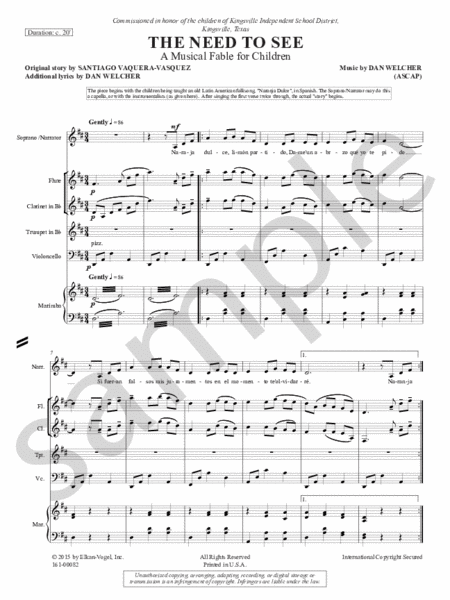
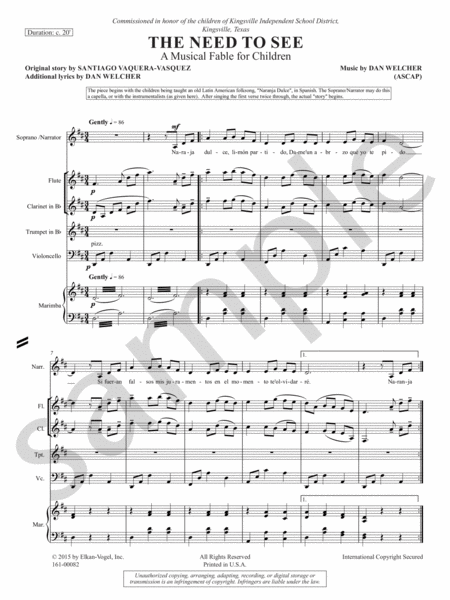
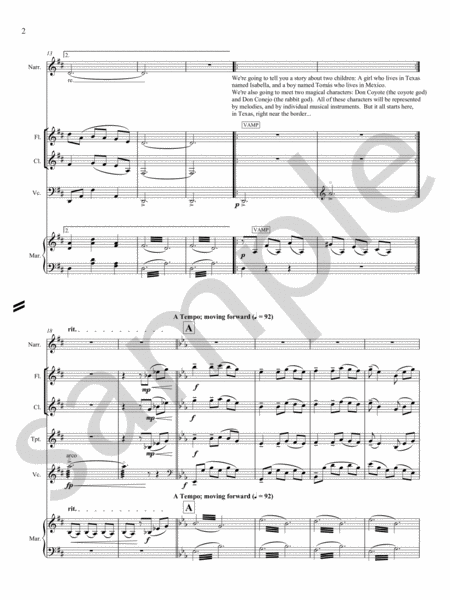
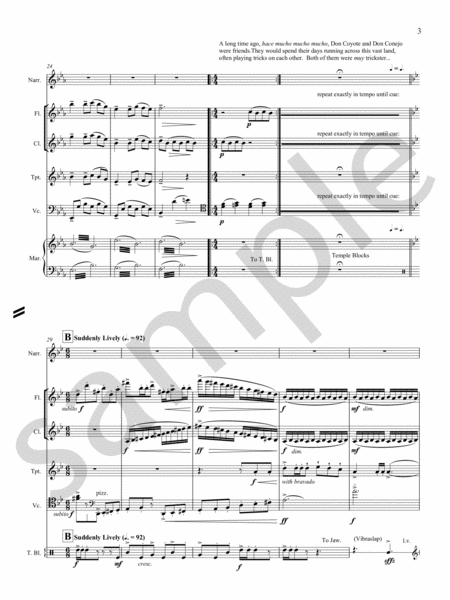
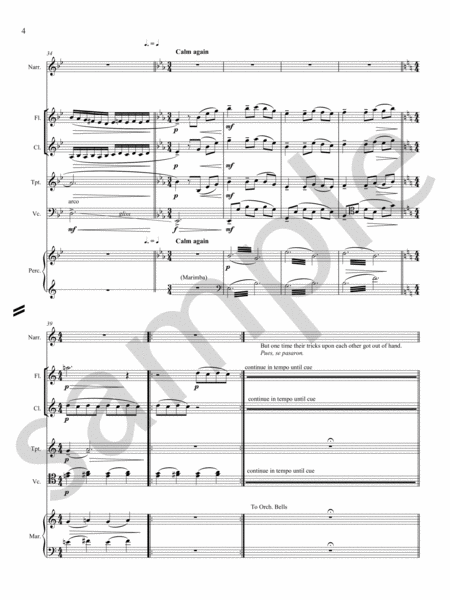
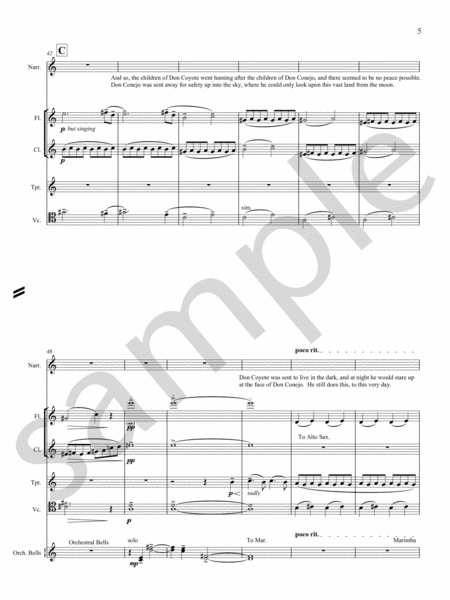
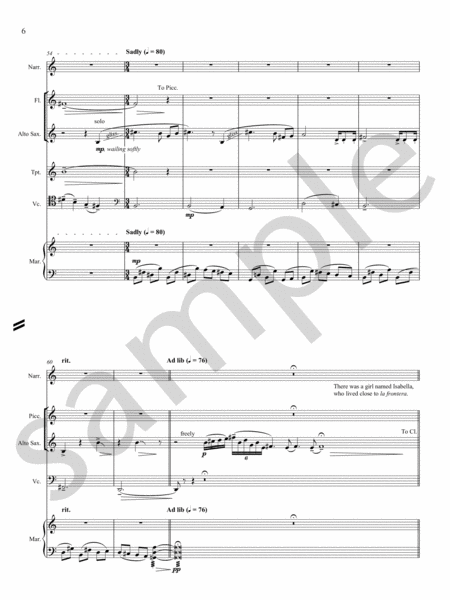
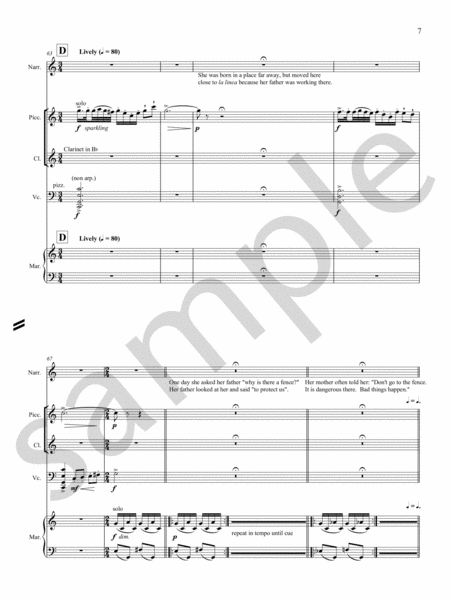
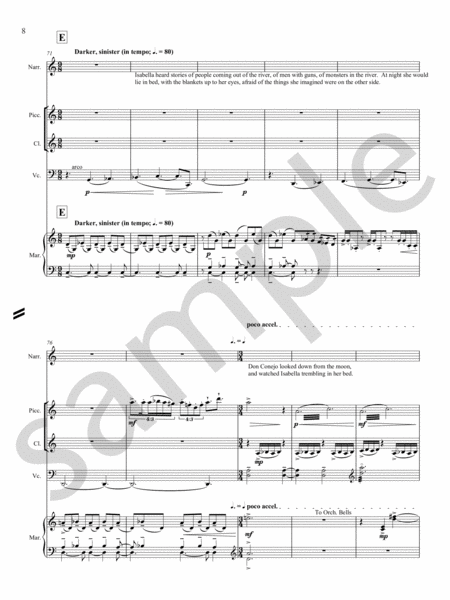
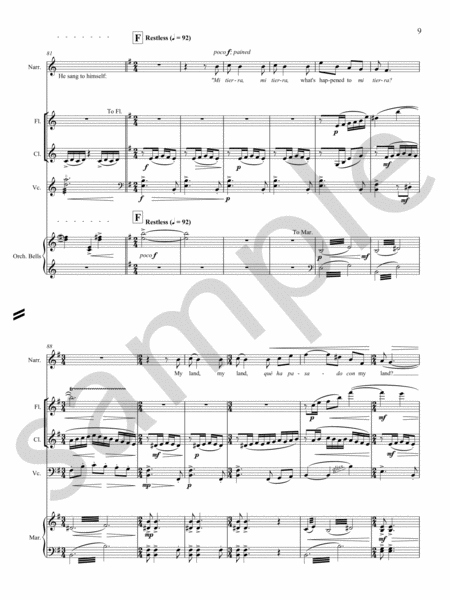
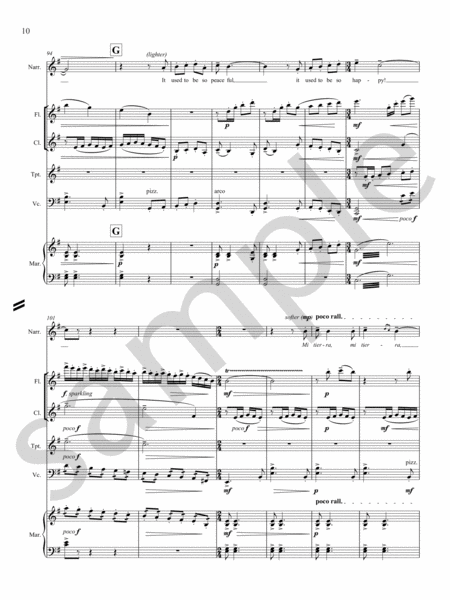
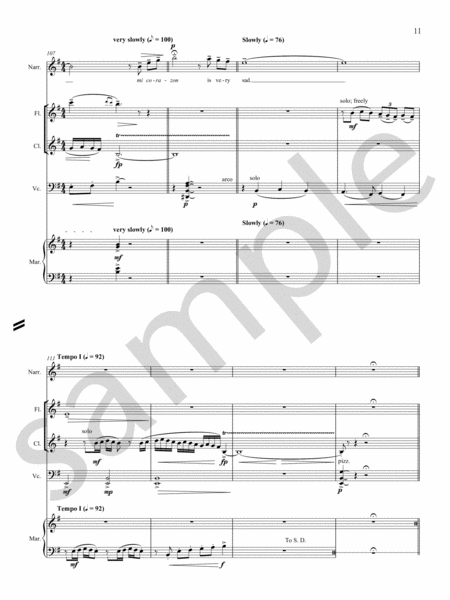
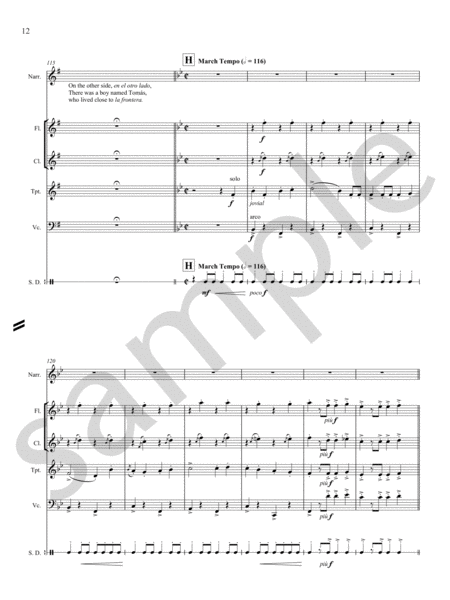
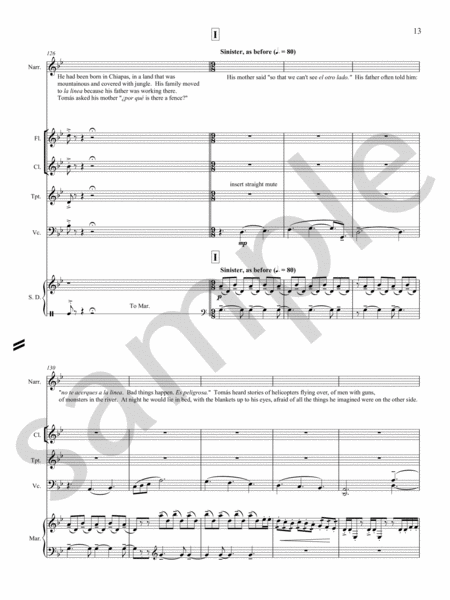
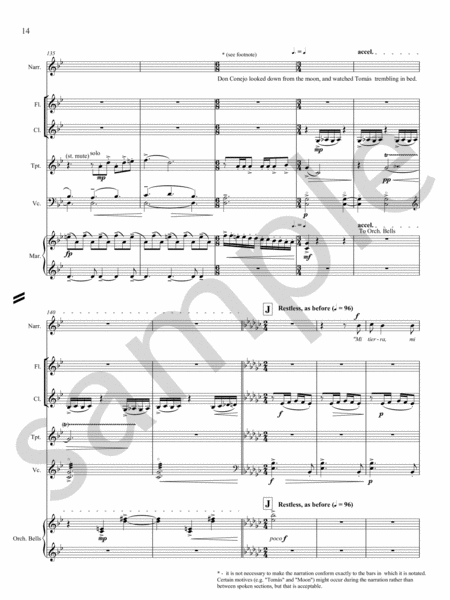
 Share
Share